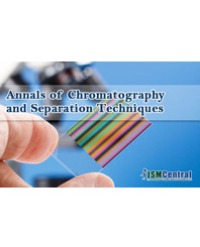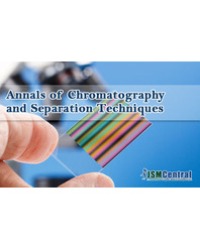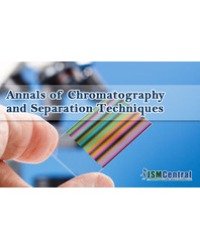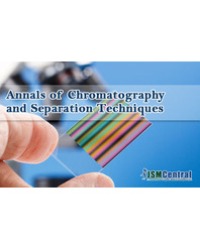
Analysis of Biomass, Today and Tomorrow
This manuscript has been authored by UT-Battle, LLC under contract no. DE-AC05-00OR22725 with the U.S. Department of Energy. The publisher, by accepting the article for publication, acknowledges that the United States Government retains a non-exclusive, paid-up, irrevocable, worldwide license to publish or reproduce the published form of this manuscript, or allow others to do so, for United States Government purposes.
Yoo CG¹ and Ragauskas AJ¹,²*




